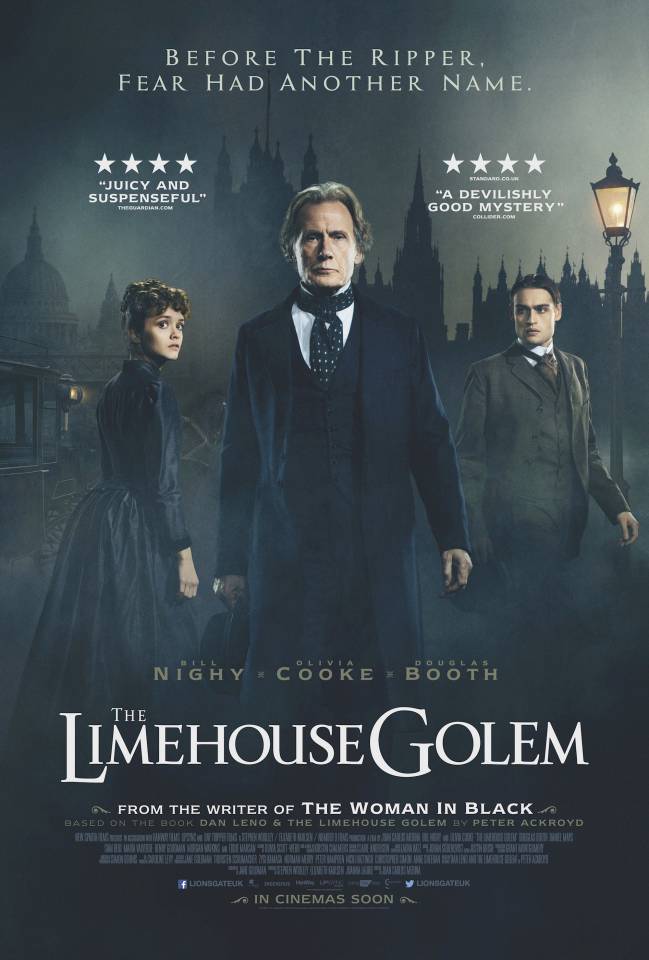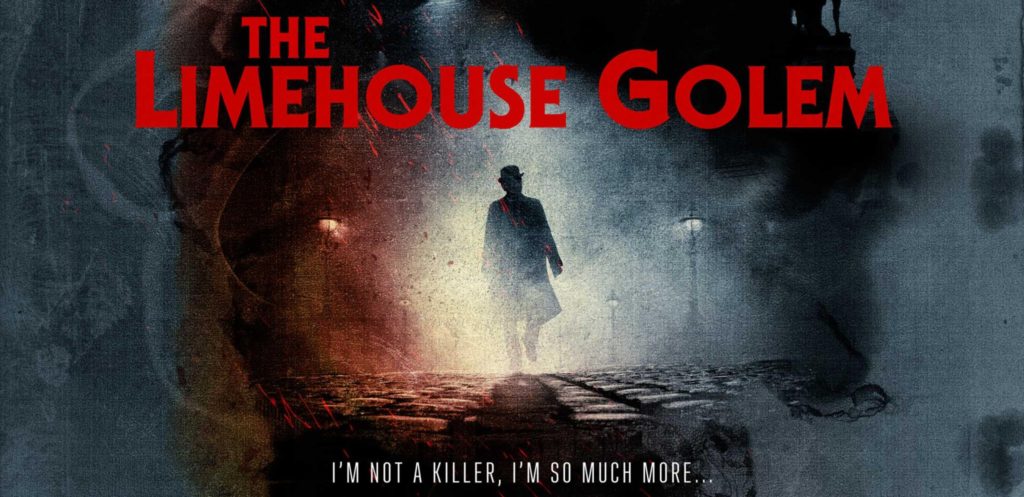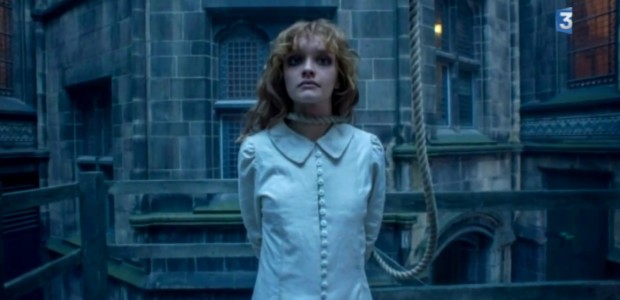THE LIMEHOUSE GOLEM is a different kind of serial-killer genre film. Set in nineteenth-century London’s seedy underclass Limehouse, the movie evokes a palpably grim atmosphere of music halls and opium dens contrasted with the grandeur of Scotland Yard and the British Museum reading room. Stylish costume and production design bring this world to life while the cast turn in stellar performances, notably Olivia Cooke as Lizzie Cree, a musical theater star suspected of poisoning her husband, Douglas Booth as Dan Leno, a stage performer and comedian who helped get Lizzie her start, and Bill Nighy as the moral center Inspector John Kildare, chasing the mysterious serial killer known as the mythical Golem through the community. Jane Goldman’s twisting and turning script and director Juan Carlos Medina’s steady hand as a director keep the audience in suspense about the killer’s identity until the end while infusing the film with much more nuanced visions of class warfare, women’s rights, and political intrigue in early London, which becomes a character itself. Daily Grindhouse got a chance to speak to Medina about the creation of the Golem.

Daily Grindhouse: What was it like adapting a novel (Dan Leno and the Limehouse Golem) for the screen?
Juan Carlos Medina: You always need to find a strong angle, every novel is particular. This one really throws you into London’s industrial and dangerous areas and makes you feel like you are there. It’s different than a factual approach, it’s more of a chronicle and a police procedural. The essence of the book inspired me to create the world where the Golem moved.
DG: How did you manage to capture the historical detail of nineteenth-century London?
JCM: The approach was to create a vision faithful to what was described in the book, where you see London through the eyes of a sharp, cruel monster. The world is affected by the subjectivity of London. For the production design we didn’t take photographs — we went more by what writers like Dostoevsky said about early London, just describing it as this vision of the apocalypse or hell. And we used paintings to capture that nightmarish vision.
DG: How did you manage to keep the level of suspense about the killer throughout the film?
JCM: It was the fine tuning of the information and managing the expectations of the audience. You have a sense of whodunit but I agree with Hitchcock that that’s not enough. You have to try to keep the identity of the character hidden in the mind of the audience — even if you find out who, what’s really interesting is the why and what happens after. Character building is the most important thing.
DG: Did you do any research about serial killers?
JCM: I watched a lot of movies about it, but reality is different from mythology. Hannibal Lecter is very different from real serial killers. Those characters in reality are the most sick people and not very functional. Those people are so sick they can’t be intelligent. Is intelligence equivalent to goodness? I think evil people have more of a chance of being stupid. He was more of a symbolic figure.
DG: What other murder mysteries might have influenced the film?
JCM: I’m not sure murder mysteries influenced the film — it was more films like DIARY OF A HOUSEMAID, Hitchcock, or Ken Russell’s THE DEVILS. Or VERTIGO — I feel like it’s not technically a murder mystery — not so much a whodunit with a twist.

RLJ Entertainment will release THE LIMEHOUSE GOLEM in theaters, on VOD and Digital HD on September 8, 2017.
Tags: Bill Nighy, Douglas Booth, Interviews, Jane Goldman, Juan Carlos Medina, Olivia Cooke


No Comments